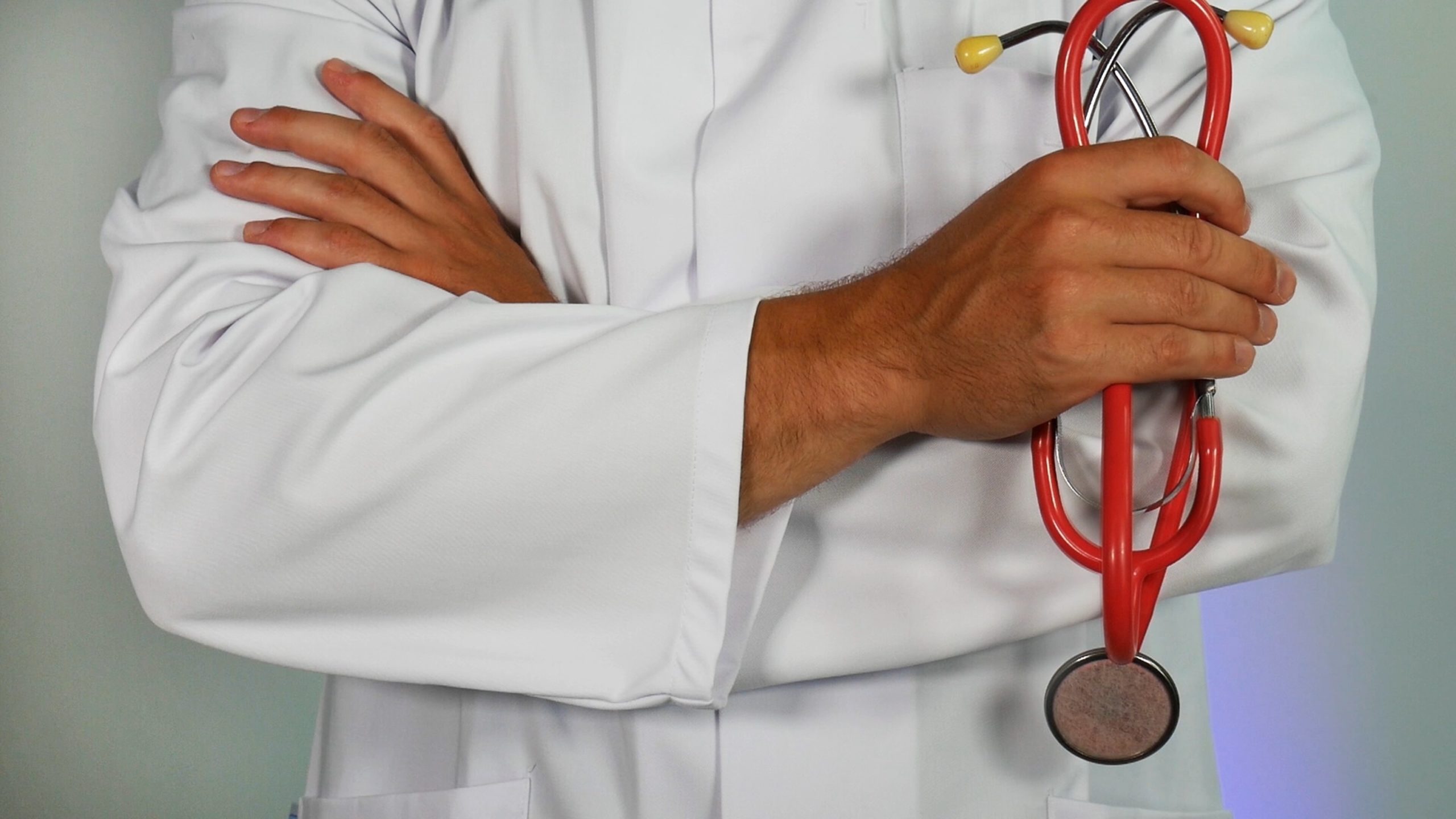The 3 Breast Augmentation Surgical Techniques That Reduce Capsular Contracture Risk

If you take a broad look at the styles of all the “perfect” breast augmentations and implants over the last 30 years, you’ll see there’s been a substantial variation among the materials and techniques used to enhance women’s breasts over time. Pop culture that encourages sexy celebrities to flaunt their assets on-screen has driven a big part of this evolution, but plastic surgeons who want to make cosmetic surgery safer and deliver better results to their patients are also responsible for some of this.
In this blog post, we’re going to talk a little about capsular contracture, one of the most frequently experienced complications patients can experience after a breast augmentation, and we’ll discuss several techniques that have been adapted to reduce its overall occurrence. Although rare, capsular contracture can be painful, and in extremely rare circumstances, warrant a follow-up surgery, but these approaches to breast augmentation surgery can significantly reduce the risk of it happening.
What Is Capsular Contracture and What Causes It?
Any type of implant, breast or otherwise, is going to cause the human body to develop scar tissue around it. In medical terms, this scar tissue is known as a “capsule.” An event known as capsular contracture occurs when this network of scar and connective tissues begins to tighten. Doctors rate capsular contracture on a scale of one to four, from the least to most severe.
- Grade 1: Patients experiencing this level of capsular contracture generally don’t experience any symptoms, and the scar and connective tissue do not interfere with the implants.
- Grade 2: This stage of capsular contracture mostly produces cosmetic symptoms, such as slightly changing the look and feel of the breasts.
- Grade 3: Although not usually painful, this type of capsular contracture can alter the appearance and feel of the breast more significantly.
- Grade 4: The most severe stage of capsular contracture may cause soreness and varying levels of chronic pain. Additionally, the shape of the patient’s implants will appear altered.
Surgeons haven’t agreed on a single definitive cause of more severe cases of capsular contraction, but there are several theories for why some patients are more prone than others. For example, some researchers believe genetics to be a significant factor, while others think specific patients have a stronger autoimmune response. Sometimes, the culprit of capsular contracture is a “biofilm” resulting from contact with bacteria during surgery.
How a Keller Funnel Reduces Risk of Capsular Contracture
Because bacteria are one of the leading culprits of risk for capsular contracture, it means the less a surgical team handles a set of implants, the better. As a result, plastic surgeons have developed a medical device called the Keller Funnel, which allows for a no-touch insertion of breast implants. According to a study published in the journal Plastic and Reconstructive Surgery, the occurrence of capsular contracture was about 9% lower for a group of patients that had implants inserted with a Keller funnel when compared to a group that did not.
Textured Implants May Reduce the Risk of Capsular Contracture
In addition to devices used to insert breast implants more safely, plastic surgeons have also developed textured implants that they believe reduce the risk of capsular contracture. A study published in 2006 in Plastic and Reconstructive Surgery examined 11 trials that compared the rate of capsular contracture among patients who had textured implants to those that did not. In all but one category, the analysis showed textured implants were superior at lowering the risk of this complication.
Submuscular Implant Placement Can Reduce Risk of Capsular Contracture
The category referenced in the study above that reduced the risk of capsular contracture risk at statistically similar rates as textured implants was the group of patients who had their implants placed submuscularly, below the pectoral muscle.
Discover the Best Approach to Breast Augmentation Surgery for You
Dr. Anthony Wilson is a highly experienced, Ivy League-trained plastic surgeon who specializes in the latest breast augmentation surgery techniques. If you have questions about capsular contracture or other concerns you’d like to discuss, please contact Dr. Wilson at AW Plastic Surgery for your breast augmentation consultation.
You can call our Portsmouth, NH, plastic surgery practice at (603) 294-4526 to schedule your appointment or contact us through our website’s email form at your convenience.
